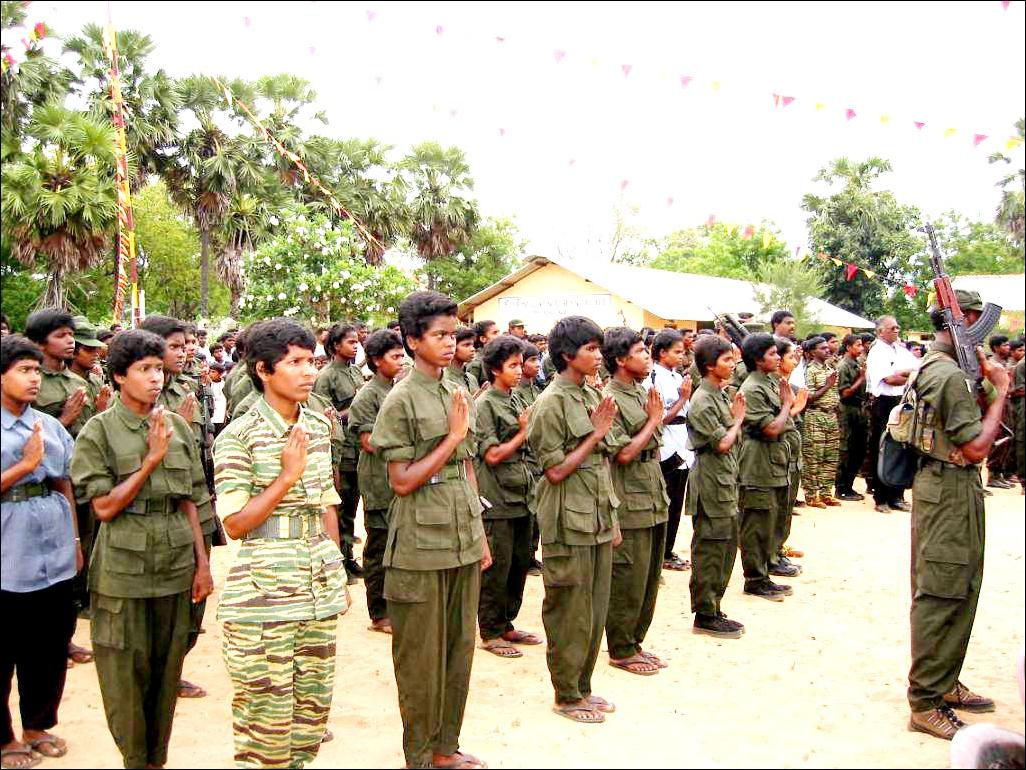
The Sri Lankan state's formula for defeating the JVP and preventing its resurgence combined both the fist and the olive branch—it was tough on terrorism and tough on the causes of terrorism. In the language of counter-insurgency, the strategy was initially enemy-centric but then shifted to focus on population-centric strategies (Kilcullen 2007).1 The state immediately mobilised and deployed coercive power to eliminate the JVP. But following the consensus of counter-insurgency theorists, once stability was restored, the fist was replaced with structural reforms that attempted to sap the JVP's support among the population. These reforms sought to address the root causes of the insurrection by significantly altering social, economic and political relations.
This two-pronged formula was deployed both during the 1971 insurrection when the Sri Lanka Freedom Party (SLFP) was in government, and in 1987 when the United National Party (UNP) was in power, indicating bipartisan strategic consensus.
Thus it is striking that the state's formula for responding to the JVP insurrection diverged paradigmatically from its response to the Tamil insurgency. And the divergence in response cannot simply be explained by the differing nature of the two conflicts—one largely class based, the other predominately ethnic in nature. After routing the JVP, both in 1971 and 1989, the state offered an olive branch in the form of a comprehensive economic reform package. But its response to Tamil grievances after the LTTE's defeat was mono-pronged—all fist and no olive branch. While the dynamics of a class-based conflict are distinct from an ethnic conflict, there is no prima facie reason for abandoning the olive branch in the case of the latter.

No comments:
Post a Comment